The holiday is approaching, and the "shopping" mode is opened. The Shiji high-speed railway opens and the delicious food along the way is waiting for you.
CCTV News:The New Year holiday is approaching, and many people plan to travel by high-speed rail during the holiday. Now you may have another choice. On the 28th, the Shijiazhuang-Jinan high-speed railway was officially opened for operation, and the travel time between the two places was further shortened. At 8: 00 am on the 28th, the first train from Shijiazhuang Station started and arrived at Jinan West Station at 10: 07 am as scheduled.
Food is waiting for you along the way.
After the opening of the Shijiazhuang-Jinan high-speed railway, the journey from Shijiazhuang to Jinan will be shortened from 4 hours to 120 minutes, and it will only take 5 hours to Qingdao. That is to say, you can take a train from Shijiazhuang in the morning and have a seafood dinner at noon! What must-eat foods are there along the way?
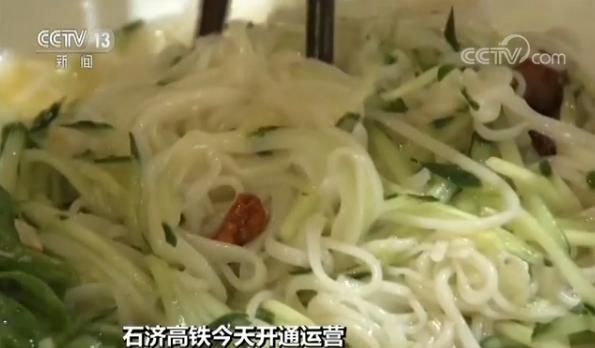
In Shijiazhuang, cold palace noodles are an essential food.The noodles in Gaocheng Palace in Shijiazhuang are only 0.7 mm in diameter. Although the noodles are thin, they are hollow in the middle. The first choice for making cold noodles is Gaocheng Palace Noodles. The production of Gaocheng Palace Noodles began in the Zhenguan period of Tang Dynasty, and it was listed as the best imperial food in Qing Dynasty because of its fine craftsmanship and unique flavor, so it was called Palace Noodles.Gaocheng Palace is soft and smooth, and it is not bad for cooking, so it is loved by many people.
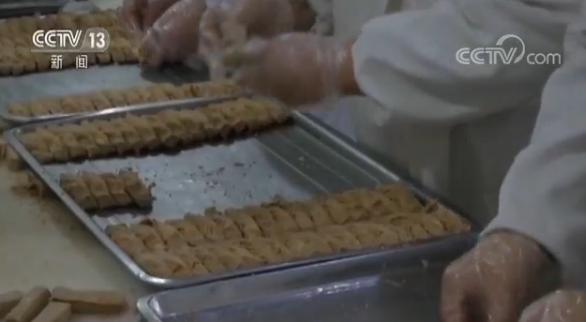
The train went all the way to the east and came to Xinji. Xinji Crispy Sugar is a famous folk snack in Hebei. xinji city has been called Shulu County since Tianbao in the Tang Dynasty. Since ancient times, it has the reputation of poetry and painting, so it is also called.Golden deer crisp candy. It is made by traditional technology, with obvious layering. A crisp candy can reach 6561 layers, also known as thousand-layer crisp. The crisp candy is yellowish in color, shaped like a twist, delicate and delicate like a handicraft, and tastes crisp, fragrant, crisp, sweet, crisp but not scattered, crisp but not broken, sweet but not greasy.
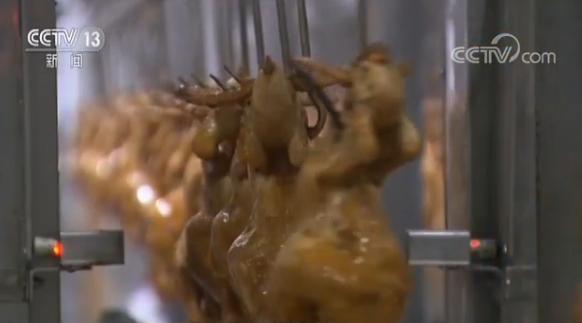
From Xinji to the east, after Hengshui and Jingzhou, you came to Dezhou, where you must have heard of braised chicken. Many people know that braised chicken is delicious, but few people know its birth process."Dezhou spiced boneless braised chicken" originated in the Ming Dynasty, was founded in the Qing Dynasty, spread in the Republic of China, and flourished today, with a history of more than 300 years. At the end of the Ming Dynasty and the beginning of the Qing Dynasty, Dezhou, as an important transit point of the Beijing-Hangzhou Grand Canal, followed the river from Kyoto to nine provinces.In 2014, the production skills of Dezhou braised chicken were included in the national intangible cultural heritage representative project.
Don’t miss the beautiful scenery along the way
The opening of the Shijie high-speed railway opens the "shopping" mode. Besides the delicious food along the way, the beautiful scenery is also something you can’t miss.
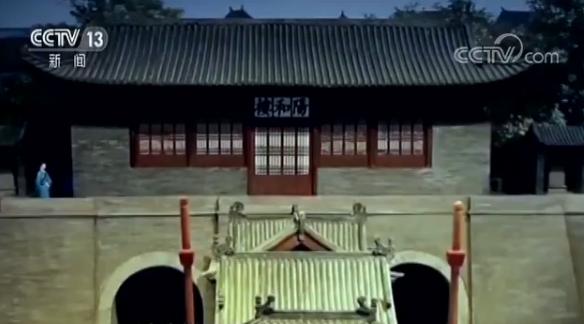
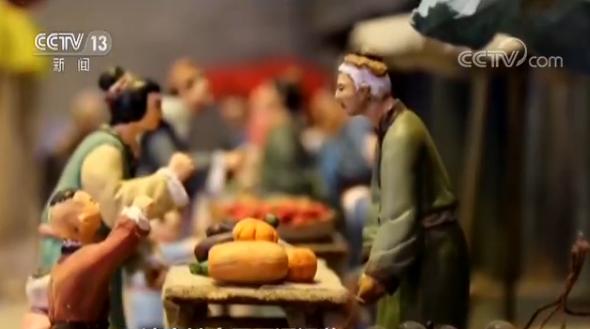
In Shijiazhuang,Zhengding Rongguo Mansion is a place you can’t miss. It is also the shooting location of the 87th edition of A Dream of Red Mansions. It broke ground in 1984 and was opened in 1986. It covers a total area of 37,000 square meters and is divided into two parts: Rongguo Mansion and Ningrong Street. Completely in accordance with the description in the classical literary masterpiece A Dream of Red Mansions, it was jointly demonstrated by experts in redology and ancient architecture, and was strictly designed and built with reference to the prevailing norms of wooden buildings in China in the Qing Dynasty and the Qing Dynasty Code.

At the same time, Zhengding is also the birthplace of Yuanqu. Nowadays, in Zhengding Yuanqu Museum, there are not only more than a dozen musical instruments accompanied by Yuanqu, such as drums, suona, zhongruan, pipa, etc., but also the script form of Yuanzaju and the five palaces, four tones and qupai of formal singing are illustrated on the exhibition wall. When you walk in here, people will always involuntarily sing along with the Yuanqu minor played in the museum.

I came to Gaocheng, the hometown of palace lanterns.Traditional Gaocheng Palace lanterns are all hand-made, and the process is extremely complicated, such as making the base, sawing bamboo pieces, scraping bamboo strips, punching bamboo holes and piercing bamboo strips … … Among the 56 processes, the most critical one is scraping bamboo strips. If the bamboo strips are scraped unevenly, the radian will be different after bending, and the lanterns will not be round.Want to make lanterns round and good, every step is very elegant.

The train continues eastward to Xinji, which is the northern leather capital of China and Xinji International Leather City. Since its opening in 2010, it has settled in 1,200 enterprises, 32 world famous brands, more than 100 national brands and provincial brands.


The last stop of Shijike Passenger Dedicated Line in Hebei is Jingzhou Station, and the first stop after entering Shandong is Dezhou East Station.In this border area between Hebei and Shandong, the culture is of the same origin. In the Han Dynasty, it belonged to Guang Chuan, and it was also the hometown of Dong Zhongshu, a great scholar in the Han Dynasty. There are Jingzhou Tower, Gao’s tombs, Feng’s tombs and Dong Zi Cultural Park in Jingzhou.
The train enters Jinan, which is a famous spring city. When you come to the spring city, the first thing you experience is the spring water.The 800 springs in Jinan are divided into ten spring groups, such as Baotu Spring and Black Tiger Spring. The ten spring cities, such as Chaoran Zhiyuan, Minghu Tingqu and Quanshuiren, are beautiful. The most famous one is Baotu Spring, which ranks first among all springs in Jinan. According to legend, Emperor Qianlong of the Qing Dynasty went down to the south of the Yangtze River and drank his own Yuquan water in Beijing along the way. When he tasted Baotu Spring water, he immediately changed the water and named Baotu Spring "the first spring in the world".